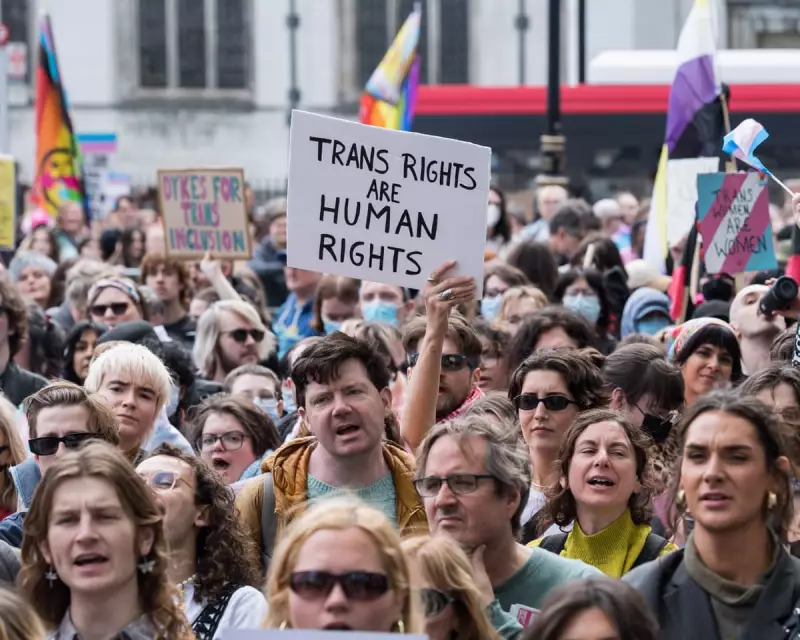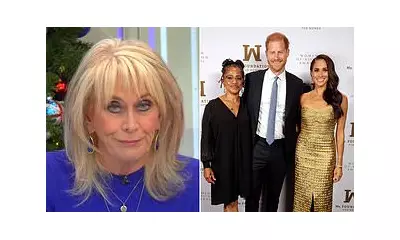
The Equality and Human Rights Commission (EHRC) has found itself at the centre of a heated national debate following the release of its controversial new guidance on transgender access to single-sex spaces. The document, intended to clarify legal boundaries, has instead become a lightning rod for discussions about inclusion, discrimination, and the complex balance of rights in modern Britain.
The Core Controversy
At the heart of the disagreement lies the EHRC's interpretation of the Equality Act 2010, which permits service providers to restrict access to single-sex spaces based on biological sex in certain circumstances. The guidance suggests this provision could legally exclude some transgender individuals from spaces like changing rooms, domestic violence shelters, and hospital wards.
Reactions from Advocacy Groups
LGBTQ+ organisations have expressed profound disappointment, arguing the guidance could legitimise discrimination against transgender people. "This represents a significant step backward for trans rights," stated one prominent activist. "It effectively gives businesses and institutions permission to exclude trans individuals from spaces where they previously felt safe."
The Commission's Defence
The EHRC maintains its guidance simply clarifies existing law rather than creating new policy. A spokesperson explained: "Our role is to provide legal clarity for organisations navigating these complex issues. The guidance acknowledges both the rights of transgender individuals and those who wish to maintain single-sex spaces."
Legal Experts Weigh In
Constitutional lawyers note the guidance walks a fine line between competing rights protected under the Equality Act. Some suggest the document may face legal challenges, particularly regarding its interpretation of when exclusion might be considered "proportionate."
Political Implications
The guidance arrives amid ongoing political debates about gender recognition reforms and comes just months before anticipated general elections. Observers suggest the timing could make transgender rights a prominent campaign issue.
What Comes Next?
With advocacy groups considering legal action and service providers seeking clearer direction, this guidance may represent just the opening salvo in a prolonged national conversation about balancing rights in an increasingly diverse society.





